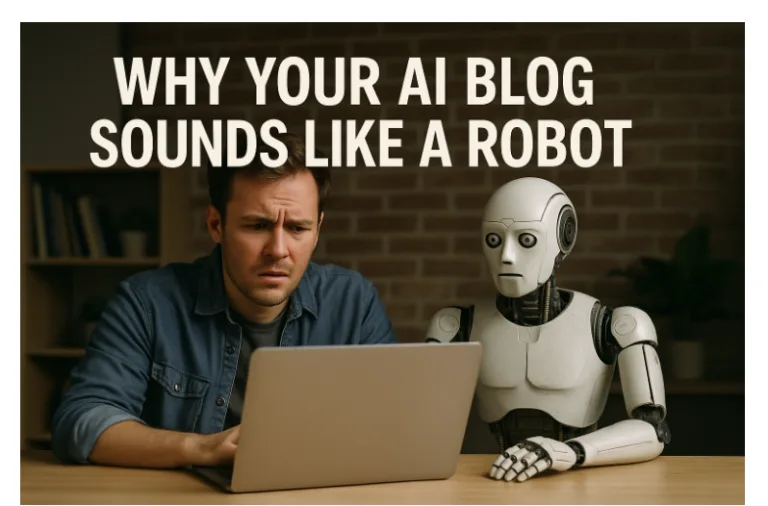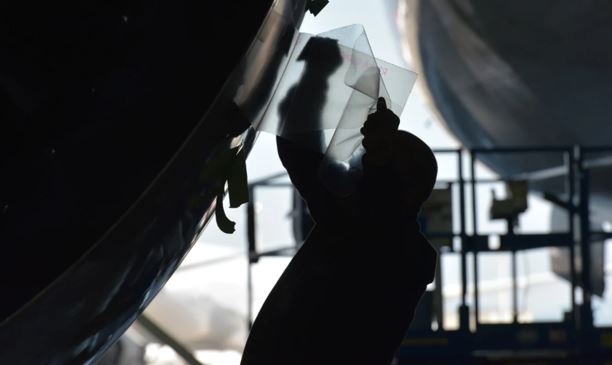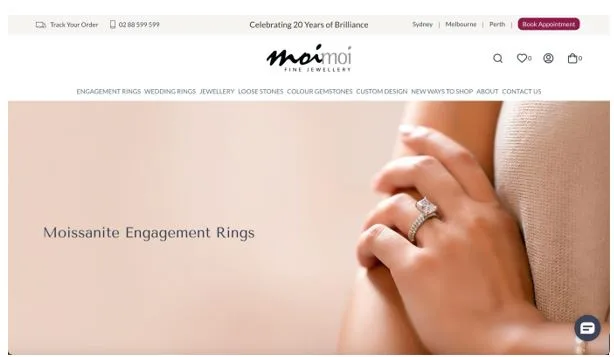What I Learned Building a 6-Figure Brand With Zero Funding
Building a brand with no funding sounds almost impossible, but it’s not. In fact, starting with nothing can sometimes be your biggest advantage. With zero dollars, you’re forced to think smarter, move faster, and stay focused. This is my story of how I built a six-figure business without investors, fancy tools, or a big team — and the lessons I learned along the way.
Start with What You Have
When you have no money, you need to look at the resources already in your hands. I had skills, time, and hustle. That was it. I leaned on free tools, learned marketing from YouTube, and spent hours emailing people one by one. Every sale was earned. There were no paid ads, no expensive hires — just grit and consistency.
I also learned to test fast. I’d put up landing pages on free platforms, use Canva for branding, and jump into forums to ask for feedback. I learned what worked by doing it wrong first. Instead of trying to scale early, I focused on learning from my users and staying in the game. Sometimes slow is fast when you’re building something that lasts.
Don’t Wait for Perfect — Just Ship It
Perfection is a trap, especially when you’re bootstrapping. The sooner I accepted that version one would be ugly, the faster I started growing. My first product had typos. My first site broke on mobile. But people still bought it because it solved their problem.
Done is better than perfect, especially when you’re just getting started. I launched small offers, listened to feedback, then iterated. Over time, my offers got better. My processes improved. I learned how to create systems that could run without me — and that’s when the brand started scaling.
Build Relationships, Not Just Traffic
I didn’t have money for ads, so I relied on relationships. Every client I got came from a DM, an email, a call, or a referral. I made it a point to deliver more than expected and follow up often. People remembered that. They told their friends. My email list grew slowly, but it was filled with people who actually cared.
I also found ways to partner with other small creators. We did content swaps, affiliate deals, and giveaways. These low-cost collaborations helped us all grow. It’s not about how big your audience is — it’s about how deep your relationships go.
Learn to Sell — Even if It Feels Awkward
Selling was hard at first. I didn’t like pushing people. But I realized I wasn’t helping anyone by staying quiet. So I learned how to write simple copy. I practiced my pitch. I used email sequences and value-based offers. Soon, selling felt like helping, not bothering.
Once I saw the power of honest marketing, everything changed. People bought not because I had the best product, but because I showed up consistently and communicated clearly. That’s a skill that pays forever.
Allen Kou, Owner, Zinfandel Grille
“As a restaurateur, I know firsthand how important branding and consistency are. When we launched Zinfandel Grille, we didn’t have massive backing. We focused on the experience — from how the staff greeted you to the plating of each dish. That attention to detail kept customers coming back and helped us build a loyal base. You don’t need millions to build something meaningful.”
Ryan Young, Owner, Revive Marketing Services
“When I started my digital agency, I didn’t have a huge client list or fancy office. What I had was 13 years of passion and experience. I hit the ground running by offering free strategy calls and turning those into long-term clients. Every deal I closed early on came from being real, being helpful, and showing up. That’s what turned a side hustle into a real business.”
Edward Piazza, President, Titan Funding
“In real estate financing, speed and trust are everything. We built Titan Funding from the ground up by focusing on relationships and solving real problems for clients. I’ve worked with everyone from first-time investors to major developers. What they all want is someone who listens and moves fast. We didn’t need huge marketing budgets — just the ability to deliver consistently.”
Say Yes, Then Figure It Out
One thing I’ve learned is that saying yes opens more doors than waiting until you feel ready. I took on projects I didn’t fully know how to do — then stayed up all night figuring it out. That’s how I learned to run webinars, manage ads, write copy, and handle customer service. Each skill added another stream of value.
By saying yes to challenges, I built confidence and credibility. Clients came back. Opportunities expanded. I didn’t need to be the best — just the one willing to try.
Create, Then Automate
In the beginning, I did everything manually. Every email, every post, every customer reply. But once I figured out what worked, I started building systems. I used tools like Zapier, Calendly, and Notion to save time. I turned my most common answers into templates and my best strategies into repeatable frameworks.
That shift from hustle to systems was a turning point. Now, I could step back and still make sales. That’s when real growth started happening — when I stopped being the bottleneck.
Reinvention is Key
At every level of growth, you hit new walls. I had to reinvent how I thought about time, team, and value. What worked at $10K months didn’t work at $30K months. I had to let go of some things and delegate others. Growth means change — and change means discomfort.
But it’s worth it. Reinventing yourself isn’t failure — it’s progress. I now look forward to the challenge. Each reinvention makes the brand stronger.
Final Thoughts: You Don’t Need Funding, You Need Focus
The biggest thing I learned? Money helps, but focus is everything. If you can stay focused on the value you bring, the people you serve, and the systems you’re building, you can win without outside capital.
Start small, move fast, listen closely. Don’t wait for a magic moment. The moment is now. If you can make $1 on your own, you can make $100K. Just keep stacking, keep improving, and never stop learning.





